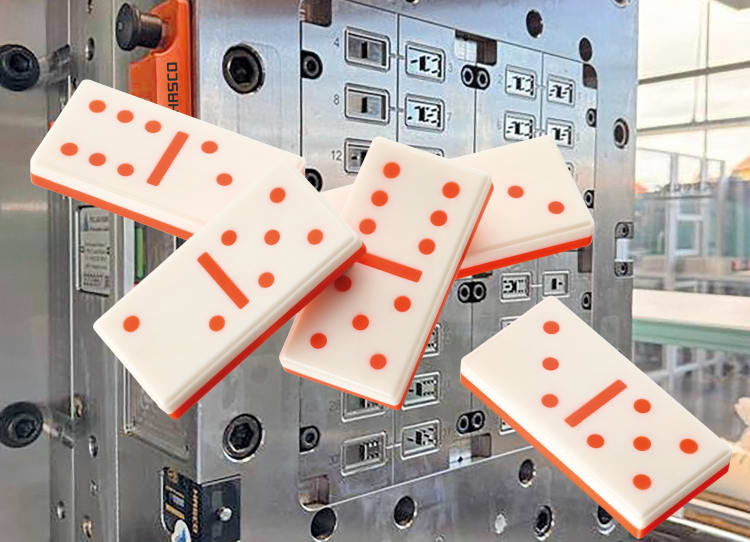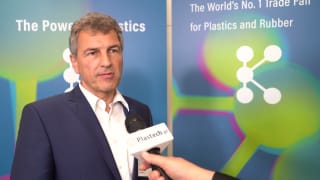
Hasco, Arburg and Polar-Form have launched the joint Domino project to address current demands in mouldmaking for precise, economical and flexible solutions. The partners describe Domino as a practical demonstration of how new mould concepts can be combined to deliver multi-material capability within a compact footprint. Central to the approach is a 3D-printed hot runner integrated in a family mould, enabling in-situ injection moulding of numerous 2-component parts in one tool. The project is positioned as an alternative to established production approaches such as cube moulds or rotary tables, with the intention of widening design options for part developers, end customers and mouldmakers.
In addition to its technical concept, the initiative emphasises user-oriented outcomes. According to the partners, the setup is designed to shorten cycle times, allow the use of smaller injection machines and reduce space requirements, which together can improve overall economics. The collaboration also points to the broader role of 3D printing in modern mouldmaking, presenting ideas that could inform future tool designs and process layouts. The companies underline the interplay of planning, technology and industry know-how as the basis for solutions aimed at competitiveness.
3D-printed mould concept
The Domino approach integrates a 3D-printed hot runner within a compact family mould to enable in-situ production of multiple 2-component parts during a single cycle. By moving away from established cube moulds or rotary table setups, the concept is intended to expand design freedom for part designers, end customers and mouldmakers.
Presentation at K 2025
Visitors will be able to see the Domino project live at K 2025 at the Arburg stand, hall/stand 13/A13, where the partners plan to present the concept and its implications for future mould development.




